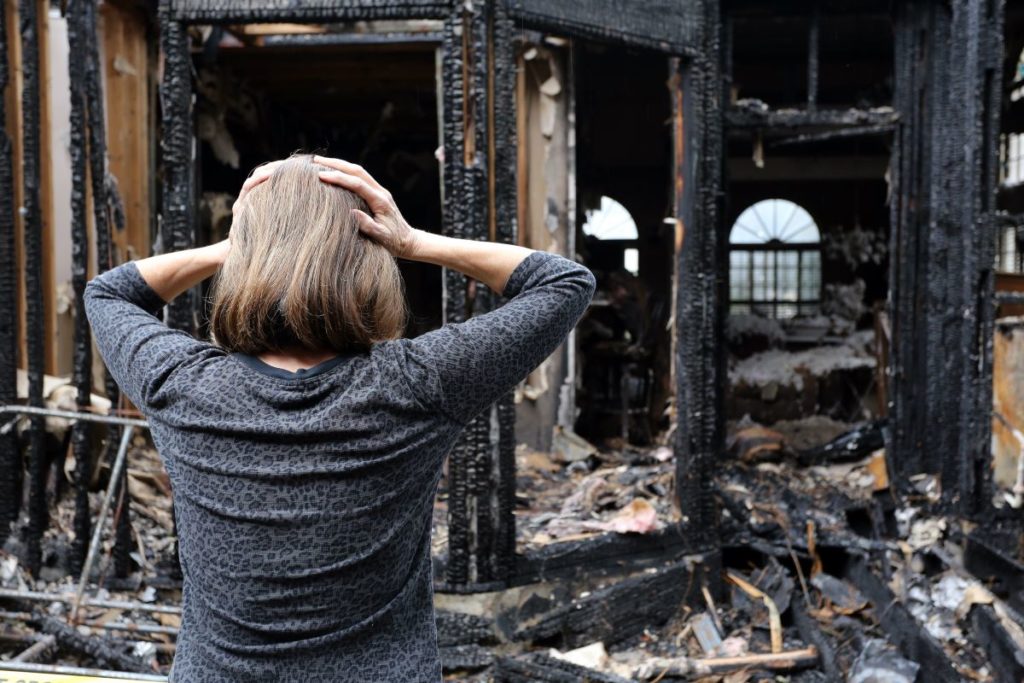When a house fire happens, the results are almost always devastating. A single event can cause damages to property amounting to several thousand to millions of dollars. More alarmingly, house fires may lead to injuries or deaths.
According to Macquarie University, house fires actually kill more Australians than all the natural disasters combined. Every year, more than 50 people die in Australia from residential fires.
House fires can be prevented. The best thing that homeowners can do to keep themselves and their families safe is to be aware of why house fires start and how they can minimise the risk of experiencing one.
Common Causes of House Fires
A house fire can start for a variety of reasons. Many of your everyday activities can lead to a house fire.
One of the most common causes of house fires, for example, is heating appliances. Space heaters and baseboard heaters are necessary for every household, specifically during the colder months. However, homeowners are expected to keep an eye on heating appliances at all times. Anything combustible like a piece of paper or the curtains may start a fire.
Cooking, too, is a fire hazard. All cooking appliances, including stoves, ovens, and toasters, should never be left unsupervised when in use.
There are also substances inside the house that may cause house fires. They need to be properly stored and protected from heat to prevent house fires.

Liquids Used in Home Renovation
Some liquids are categorised as fire hazards but are commonly used in home renovation projects. Flammable liquids are stored in IBC bunded pallets to avoid spillage and cause a fire in industrial settings. It might be a time that homeowners do the same.
Your cans of paints, paint thinners, wood stains, and other liquids will go up in flames when subjected to high temperatures.
Linseed oil, which is often used as wood stain, tends to self-combust. It does not need a nearby fire or spark; it combines with oxygen to create heat when exposed to air. Rags used to apply the liquid onto surfaces immediately grow hot.
An experiment conducted by GMA found that rags and newspapers soaked in linseed oil became hotter after just an hour under normal circumstances. From 87 degrees Fahrenheit (30.56 degrees Celsius) at the beginning of the experiment, the temperature of the items rose to 110 degrees Fahrenheit (43.33 degrees Celsius). The rags and newspapers started smoking after two hours and then went up in flame within three hours and 10 minutes.
Lighter Fluid for Summer Barbecues
It is no surprise that the lighter fluid used to start a fire in the grill may also cause a house fire.
The danger of lighter fluid is not always obvious. If it was accidentally spilled, its vapour could mix with the air. When that happens, any presence of fire, even a single spark from a faulty electrical outlet or a cigarette, can cause an explosion and, of course, a house fire.
Spilled lighter fluid on the floor should be cleaned as soon as possible. If an open fire happens to touch the spill, the flame will move toward the stored lighter fluid.
Lighter fluid should be stored in a secure container. It should always be tightly shut to prevent vapours from escaping. Moreover, keep it away from anything flammable and hide it from sunlight.
Cleaning Agents Under the Cupboards
Bleach, dish washing powders, drain cleaners, oven cleaners, and other common household cleaning agents are extremely hazardous. They can be ingested by very young children and pets and pollute the indoor air with vapour, which can trigger respiratory symptoms. Moreover, they can cause a fire.
Because they are usually kept indoors, homeowners should be warier of where they place cleaning agents. They should never take their eyes off of these products when in use. Never leave these products anywhere near an open flame or under direct sunlight.
Aerosol Cans on the Vanity
Your hairspray can cause a house fire. Aerosol cans are flammable. That is why they should be stored away from anything that can get very hot, including your hair tools. An ambient temperature above 120 degrees Fahrenheit might cause an explosion. The plates of a hair straightener can go well over 300 degrees Fahrenheit.
Aerosol cans should also be kept in a cool place. During the summer, if your room tends to get very hot, it would be a good idea to store it somewhere colder, where it has lower chances of exploding and combusting.
A house fire is a tragedy that can be prevented by being well-informed and following safety precautions. By storing these flammable substances properly, households can lower their risk of experiencing a house fire.
